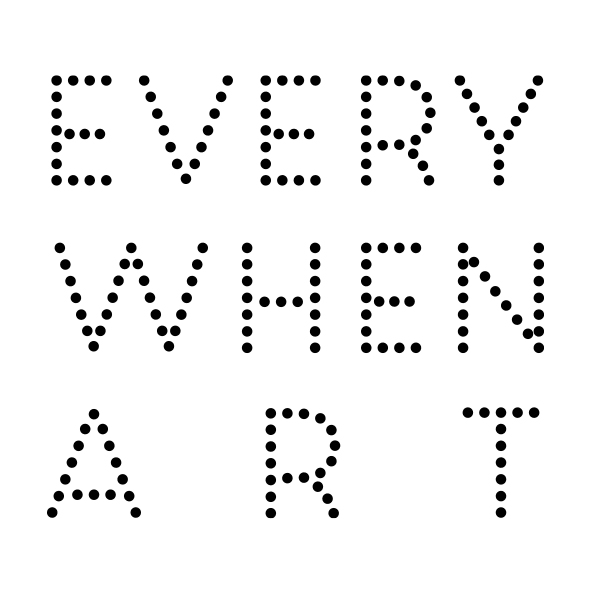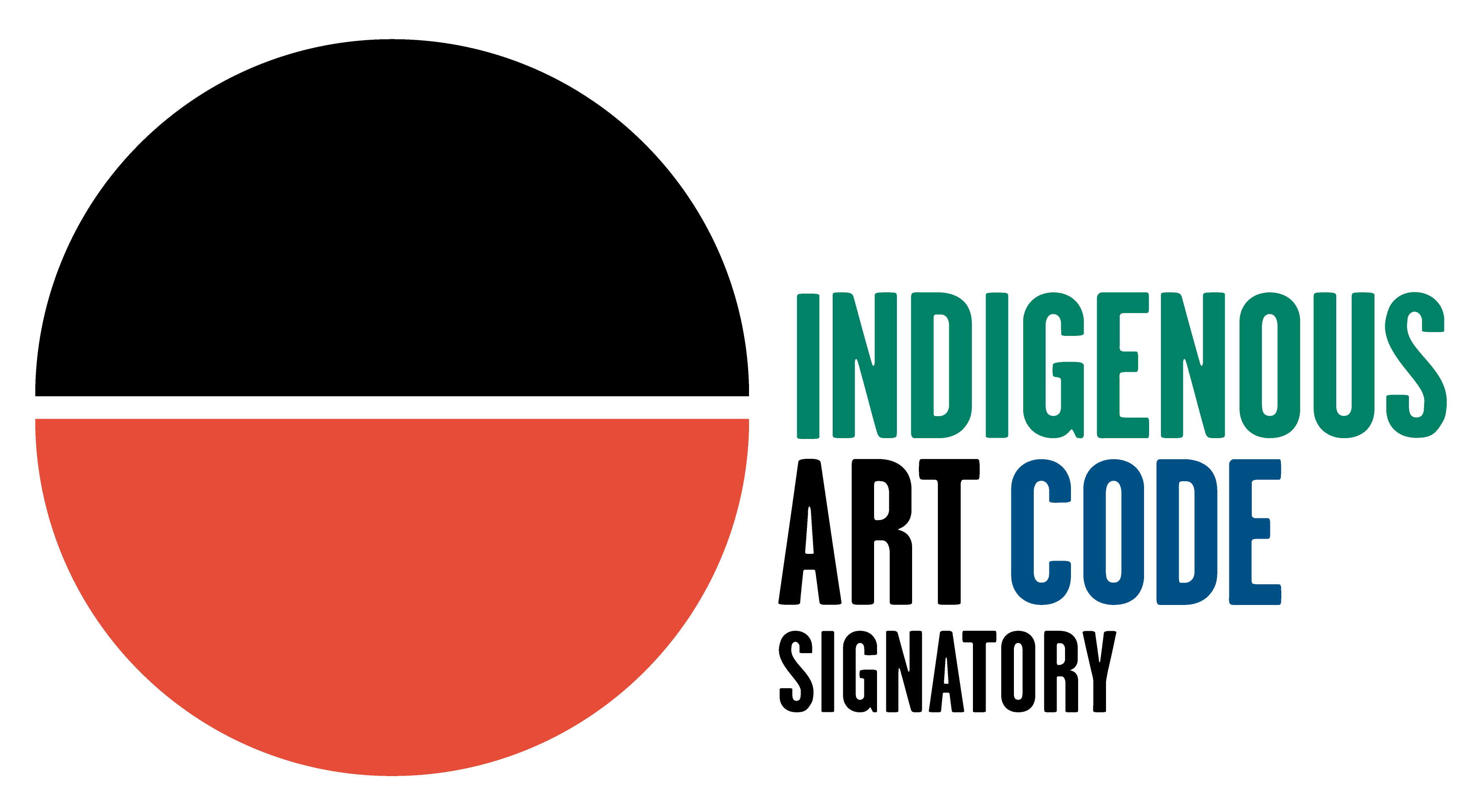Yilpirr Wanambi Yolngu, b. 1975
height 77 1/8 in
Wuyal, the ancestral sugarbag man, is an important ancestor of the Marrakulu clan of North East Arnhem Land. The designs refer also to the continuation of the Marrakulu culture in dance, song and ceremony, which are performed by current generations who have inherited this knowledge and culture from ancestral figures such as Wuyal. This story refers also to important Dhuwa moiety ancestors called the Wawilak sisters. Wuyal was the first man to look for any homeland for the Marrakulu people. He came to Gurka’wuy from the distant quarry at Ŋilibidji, in a search for native honey. His felling of the stringybark trees searching for honey also created the present day landscape. Wuyal founded other Marrakulu lands away from Gurka’wuy, Nhulunbuy for example that is now the site of a large mining town. He journeyed from Gurka’wuy travelling via Yuduyudu to Cape Shield, up to Trial Bay and along the course of the Goyder River until he came to Mt. Saunders (Nhulun). Travelling along with Wuyal, was Ganyt'jalala. These men are symbolic of the Märi-Guthara (grandparent-grandchild) relationship which describes the relationship between Ḏäṯiwuy and Marrakulu clans. Significant to this relationship is the fact that Ḏäṯiwuy men give their daughter's daughters away to Marrakulu men for marriage. Thus the two clans share an important relationship which involves reciprocal obligations.
Wuyal carried with him tools for hunting animals and for collecting wild honey or sugarbag. The dilly bag, Banduk, worn around his neck, was used to carry the sugarbag called guku. Wuyal used a stone axe, djalpaṯ, to cut down trees in his search for sugarbag. He also carried a stone headed spear for hunting rock wallabies, Ḏulaku. The stone head of the spear, Guyarra and the axe are made from stone quarried at Ŋilipitji. The shaft of the spear is called Guṉdit. Also carried was galpu, a spearthrower. In their ancestral travels these men travelled alone without wives and conducted what was mens’ business in ceremony. Wuyal’s ceremonial ground where he danced and conducted sacred ceremony, a place near Buffalo Creek and Mt. Saunders, is called Wandjipuy. The tools were also used in shaping the land. Trees cut down by Wuyal in the search for sugarbag, turned into rivers. The Gurka’wuy river was made in this way. Wuyal also named places by throwing his boomerang, gunyalili, and giving names to the places where it fell to the ground. From Mt. Saunders he threw his Gunyalili and named a place called Gäluru in this way. The painting on this work with a curved boomerang-like shape in it indicates in the dots Stringybark blossom sitting on the surface of small fresh spring water rivulets running over the rocks through the escarpment in the hilly country behind Gurka’ wuy known as Yanawal. It also refers to the boomerangs carried by Wuyal. The sacred Stringybark tree which was cut by Wuyal and flowed with honey is named Waṉambi. Obviously this is the surname of the artist/ .
Bees are the creators of the honey from these flowers. The continuum between the environment, the art and the sacred foundation of the Marrakulu is completed when the Marrakulu dance as bees in their ceremony elbows extended, hands clutching stringybark leaves which vibrate as wings. The sacred goanna Djerrka is identified as Marrakulu because it carries in its mouth the ‘forbidden fruit’ Djarwit the freshwater mussel. The hollow log of Gadayka cut down by the Ancestral Sugarbag Man, Wuyal washed down the Gurka’wuy River and into Trial Bay. The opening stanzas of manikay (sacred song) for some Marrakulu ceremony tell of the Djerrka and the Log washing back to shore at Gurka’wuy (Djerrkawuy) on the incoming tide. The original occupants of Gurka’wuy, the Djuwany people, having arrived. The miny’tji (sacred clan design) with diagonal elements in this piece depicts the mix of both the freshwaters of the Gurka’ wuy river and the saltwaters of Trial Bay. The lines of dots sometimes adorning the Djerrka, Djarrwit and/or the ceremonial ground Gundimolk within which they sit relate to the life force behind the Marrakulu in the form of native honey and the flower of the stringy bark and the same life force as bubbles created by the activity of Djerrka in the tidal waters of Gurka’wuy.


